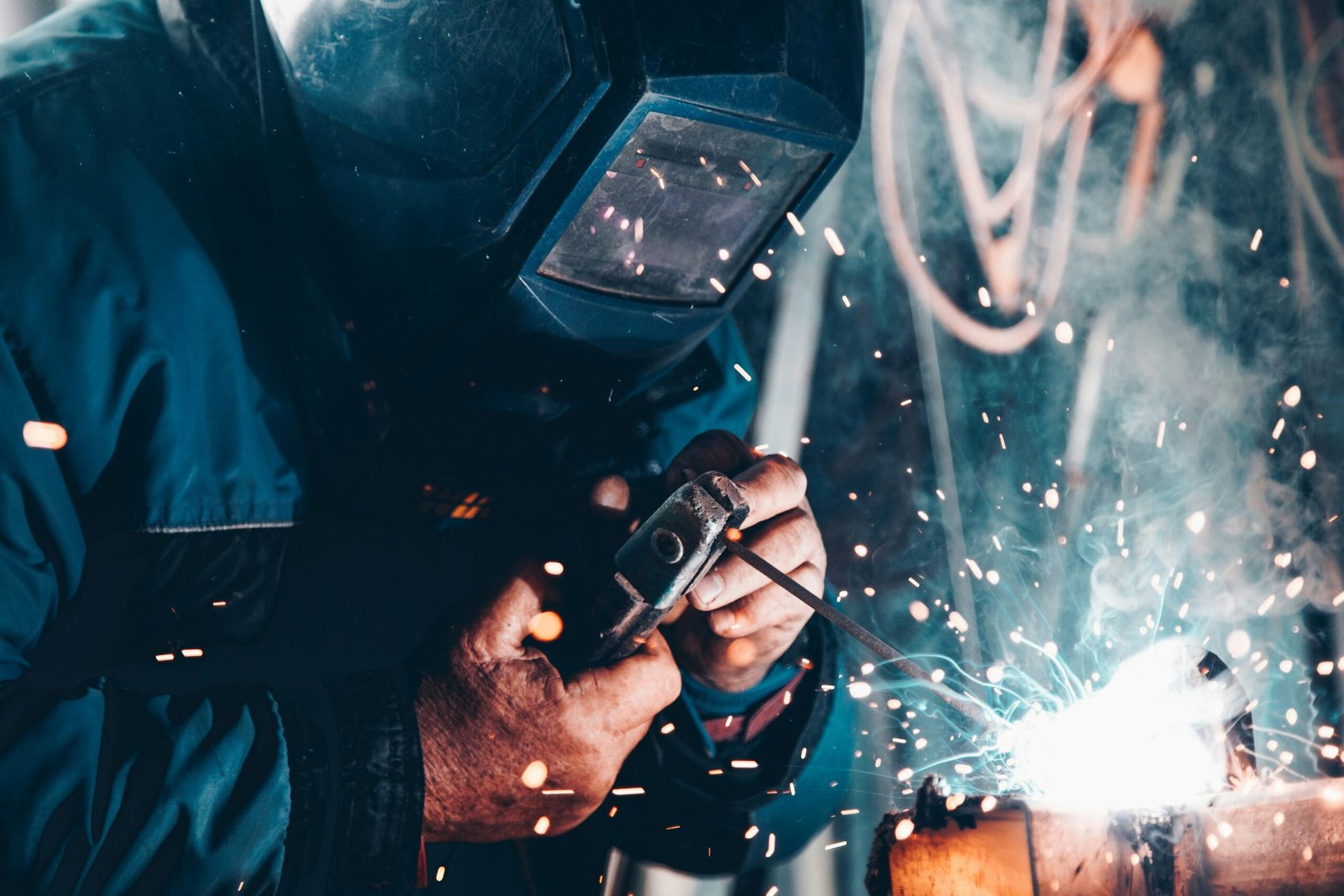Construction Site Accidents
Introduction
Construction sites can be dangerous places, with numerous hazards that can lead to accidents and injuries. Understanding the causes of construction site accidents is essential for improving safety measures and reducing the risk of incidents. In this blog post, we will explore some of the main factors that contribute to construction site accidents and discuss possible solutions to prevent them.
1. Human Error
One of the primary causes of construction site accidents is human error. Whether it’s a momentary lapse in judgment, lack of training, or failure to follow safety protocols, human mistakes can have serious consequences. Common examples of human error on construction sites include:
- Ignoring safety guidelines and procedures
- Using equipment improperly
- Not wearing appropriate personal protective equipment (PPE)
- Failing to communicate effectively
- Being distracted or fatigued
To address human error, it is crucial to prioritize comprehensive training programs for all construction workers. Regular safety briefings, ongoing education, and strict enforcement of safety protocols can help minimize the risk of accidents caused by human error.
2. Unsafe Working Conditions
Another significant factor contributing to construction site accidents is unsafe working conditions. These conditions can include:
- Insufficient lighting
- Poorly maintained equipment
- Unsafe scaffolding or ladders
- Unstable or uneven surfaces
- Inadequate ventilation
To improve working conditions, regular inspections should be conducted to identify and address any potential hazards. Employers should also provide workers with the necessary safety equipment and ensure that it is regularly maintained and replaced when needed.
3. Lack of Proper Planning
Many construction site accidents can be attributed to a lack of proper planning. Insufficient planning can lead to rushed work, inadequate safety measures, and increased risk of accidents. Some examples of poor planning that can contribute to accidents include:
- Inadequate risk assessments
- Failure to develop a comprehensive safety plan
- Insufficient coordination between different contractors and workers
- Lack of clear communication regarding safety procedures
Proper planning is essential to ensure that all potential risks are identified and appropriate measures are put in place to mitigate them. This includes conducting thorough risk assessments, developing detailed safety plans, and promoting effective communication and collaboration among all parties involved in the construction project.
4. Equipment Malfunction
Equipment malfunction is another common cause of construction site accidents. Faulty machinery, tools, and equipment can lead to serious injuries or even fatalities. Some factors that can contribute to equipment malfunction include:
- Poor maintenance and lack of regular inspections
- Defective or outdated equipment
- Inadequate training on equipment operation
- Improper use or misuse of equipment
To prevent equipment malfunctions, regular maintenance and inspections should be conducted to identify any potential issues. Workers should also receive proper training on equipment operation and be encouraged to report any problems or concerns immediately.
5. Lack of Safety Training
A lack of proper safety training is a significant contributing factor to construction site accidents. When workers are not adequately trained on safety procedures, they may not be aware of potential hazards or know how to respond in emergency situations. This can increase the risk of accidents and injuries.
Employers should prioritize comprehensive safety training programs for all construction workers. Training should cover topics such as hazard recognition, proper use of equipment, emergency response procedures, and the importance of personal protective equipment. Regular refresher courses should also be provided to ensure that workers stay up to date with the latest safety protocols.
Conclusion
Construction site accidents can have severe consequences, both for the individuals involved and for the overall progress of a project. By understanding the causes of these accidents, we can take proactive measures to prevent them. It is essential to address human error through comprehensive training programs, improve working conditions by conducting regular inspections, prioritize proper planning to minimize risks, ensure equipment is well-maintained, and provide comprehensive safety training to all workers. By implementing these measures, we can create safer construction sites and protect the well-being of everyone involved.
